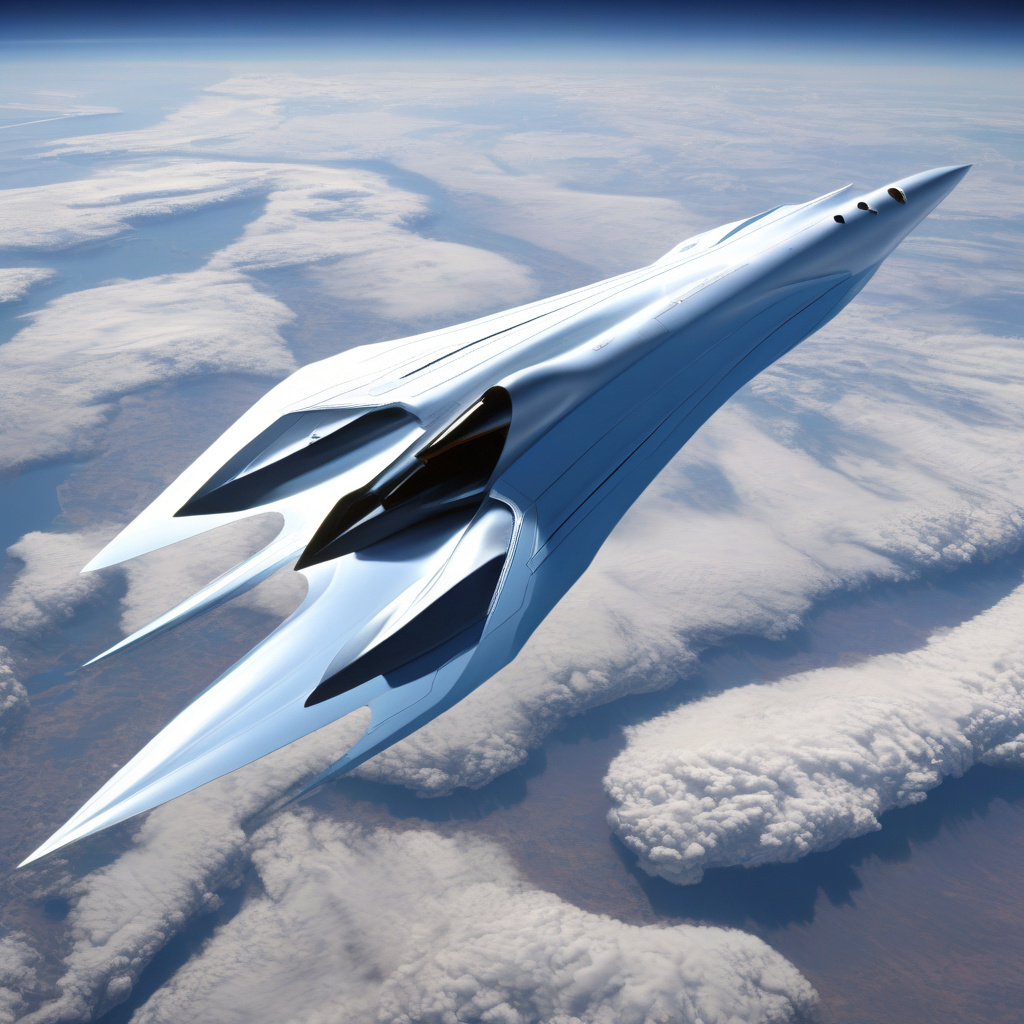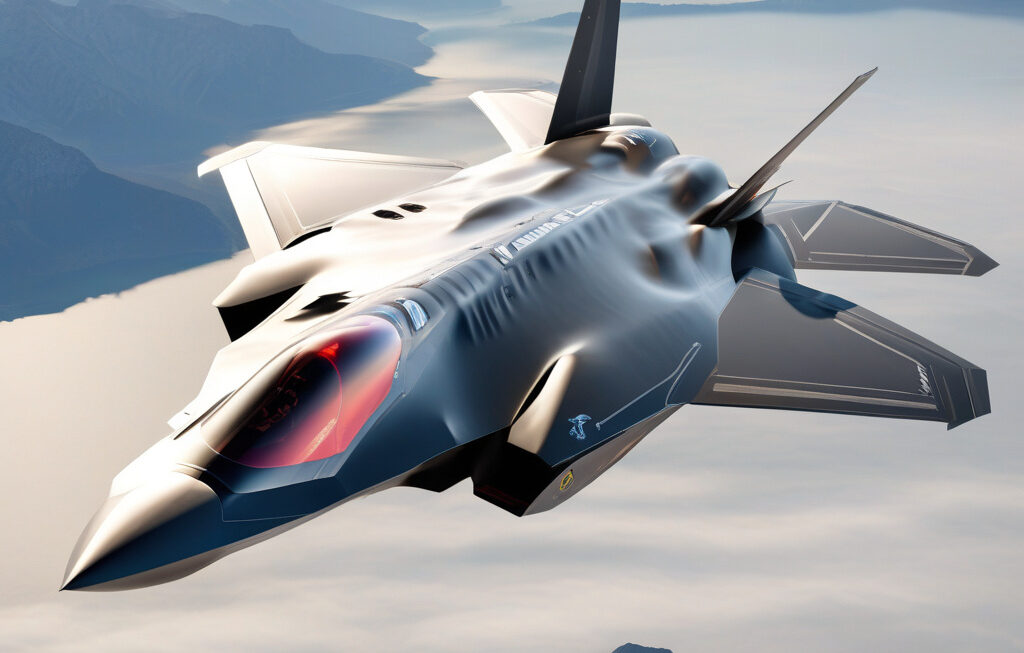Supersonic Spaceplane Successfully Completes 67,000 ft Flight to Test Spy Satellite Surveillance
Dawn Aerospace announced on August 6, 2025, that its Aurora rocket-powered spaceplane completed a demonstration flight reaching an altitude of 67,000 feet. This remarkable achievement marks a significant milestone in the realm of aerospace technology and surveillance capabilities. The successful test flight not only showcases the prowess of Dawn Aerospace but also highlights the potential for innovative applications in the field of spy satellite surveillance.
The Aurora spaceplane, equipped with cutting-edge technology and propelled by rocket engines, demonstrated its ability to soar to high altitudes with precision and efficiency. This feat opens up new possibilities for monitoring and reconnaissance missions, particularly in the realm of national security and intelligence gathering. The capability to reach such heights in a supersonic manner presents a game-changing opportunity for enhancing surveillance capabilities.
One of the key advantages of using a supersonic spaceplane for spy satellite surveillance is the speed and agility it offers. Traditional satellites in low Earth orbit can be limited in their responsiveness and maneuverability. In contrast, a spaceplane like the Aurora can quickly adjust its trajectory, cover vast distances, and access remote areas with unprecedented speed. This flexibility is crucial in dynamic scenarios where real-time intelligence is paramount.
Moreover, the ability to reach altitudes of 67,000 feet provides a strategic vantage point for surveillance activities. From this height, the Aurora spaceplane can capture high-resolution images, monitor communications, and track movements on the ground with enhanced clarity and detail. This level of precision and sophistication is instrumental in gathering actionable intelligence for various security and defense purposes.
The successful test flight of the Aurora spaceplane underscores the importance of continuous innovation in the aerospace industry. Dawn Aerospace’s commitment to pushing the boundaries of technology and exploring new frontiers sets a precedent for future advancements in space exploration and surveillance capabilities. By harnessing the power of supersonic flight and advanced propulsion systems, companies like Dawn Aerospace are paving the way for a new era of aerospace engineering.
As we look ahead to the implications of this groundbreaking achievement, it is clear that the integration of supersonic spaceplanes into surveillance operations has the potential to revolutionize how we gather and analyze intelligence. The speed, agility, and altitude capabilities of these vehicles offer a level of versatility and effectiveness that traditional satellite systems may struggle to match. From monitoring security threats to supporting emergency response efforts, the applications of supersonic spaceplanes in surveillance are diverse and far-reaching.
In conclusion, the successful completion of the 67,000 ft flight test by Dawn Aerospace’s Aurora spaceplane heralds a new chapter in the evolution of spy satellite surveillance. With its advanced technology, supersonic speed, and strategic capabilities, the Aurora represents a significant leap forward in enhancing our ability to monitor and protect our interests from above. As we witness the fusion of aerospace innovation and national security needs, the future of surveillance is indeed looking up – to 67,000 feet and beyond.
supersonic, spaceplane, surveillance, aerospace, technology












